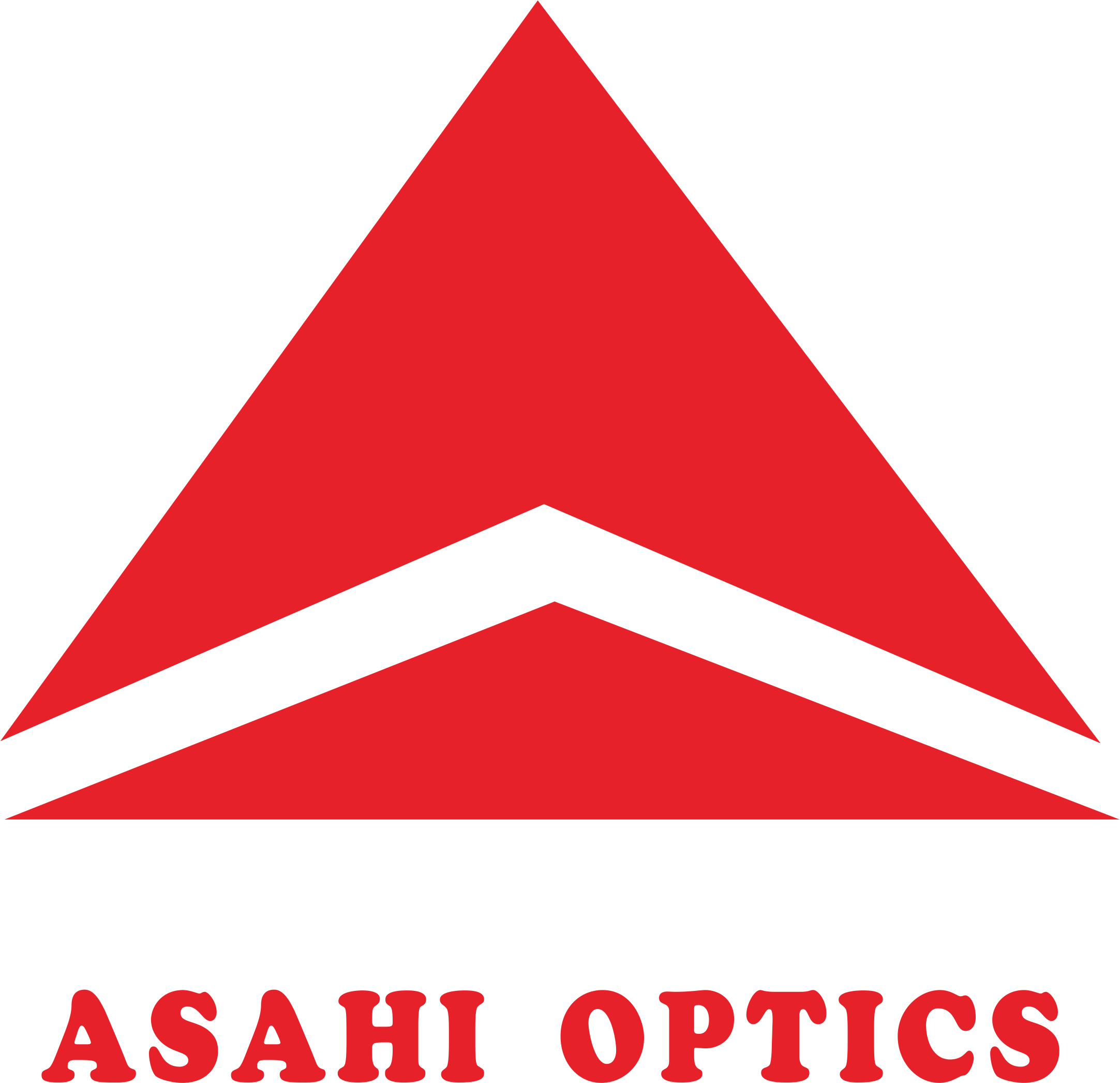In modern architectural lighting design, we focus not only on lighting standards but also on how people perform in a space—whether they work efficiently, read easily, and feel comfortable. Therefore, human perception of modern architectural lighting is fundamental to human activity.
What is "perception"? Why is it so important to lighting?
Perception is the process by which the brain interprets and constructs information received through the senses. Lighting influences perception in many ways, including brightness judgment (bright vs. dark), spatial hierarchy (near vs. far), and texture discrimination (smooth vs. rough).
The human visual system is highly adaptable, capable of rapid and complex responses to changes in light. This primarily involves the following processes:
- Light adaptation: Responding quickly to changes from dark to bright; adapting to differences in light and dark in new environments; avoiding frequent "brightness jumps" that can cause visual fatigue.
- Dark adaptation: Transitioning from a bright to a dark environment; rods take over vision, a relatively slow process; and providing transitional lighting.
- Contrast sensitivity: The key lies in the difference in brightness between the object and the background. Brighter isn't always better, but clear contrast is crucial. This is especially important for tasks like reading, inspecting, and identifying drawings.

Why do optical lenses improve lighting efficiency?
A good lighting environment has a positive impact on the human body. For example, uniform lighting reduces fatigue and enhances stability; high-color rendering index (CRI) light sources improve color recognition and reduce misjudgments; and proper glare control improves comfort and reduces distractions. Conversely, poor lighting can lead to negative emotions!
In healthcare, education, office, and transportation, good lighting conditions have been recognized as a "non-drug intervention" to improve performance.
Optimizing the lighting system through LED lenses determines whether the potential of high CRI light sources can truly translate into the user's visual experience. LED lenses utilize secondary optical design to optimize beam shape and reduce stray light. From optical design to material processing, every detail influences the human eye's judgment and perception of color.

Color rendering requirements and lens selection at different locations
| Application | Recommended CRI (Ra) | Key Role of LED Lens |
|---|---|---|
| Office/Education | ≥80 | Wide-angle beam distribution and uniform light design ensure shadow-free, true-color work surfaces |
| Medical/Laboratory | ≥90 | High-transmission lenses with UV-resistant coating for accurate tissue and reagent color rendering |
| Retail/Supermaket | ≥90 (R9>50) | Narrow-beam lenses enhance accent lighting and product color saturation |
| Residential/Hospitality | ≥85 | Soft-beam lenses reduce glare to create natural, warm lighting environments |
Light is not just a physical phenomenon, it's a psychological experience. Effective lighting can enhance human activity. If you're exploring a lighting project, Asahi can assist you with our lens expertise!
